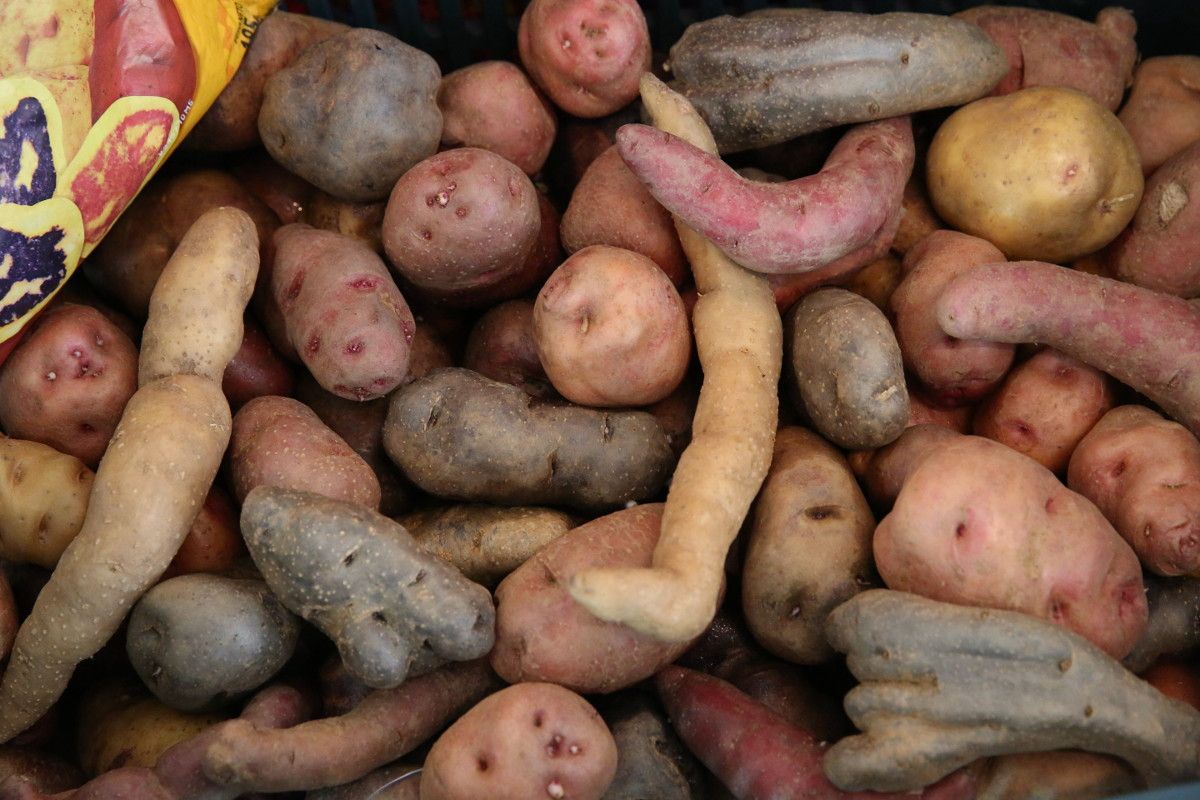Food loss and waste negatively impact the environment. Much food is lost or wasted throughout the food supply chain, from agricultural production until final household consumption.
In developing countries the greatest food loss takes place during the initial phases of the food supply chain, mainly due to technical, storage, refrigeration and transportation management problems. However, there’s also a large amount of food either wasted during consumption or thrown away, even when still edible. This is unacceptable. Food loss also implies wasting those resources allocated to its production, such as land, water, energy and inputs. Therefore, producing food, which in the end will not be consumed, means unnecessary CO₂ emissions being released, which in turn encourages global warming and climate change.
How much food is currently lost and wasted?
On a global scale, approximately one third of all edible parts of food produced for human consumption is either lost or wasted, which represents around 1,300 million tons a year. This includes 30% of all cereals; 40 to 50% of roots, fruits, vegetables and oilseeds; 20% of meat and dairy products and 35% of fish. According to World Bank data the greatest food loss in Latin America occurs along the production and consumption links.
The Food and Agriculture Organization of the United Nations (FAO) estimates that 6% of the world’s food loss takes place in Latin America and the Caribbean. Every year the region losses or wastes around 15% of its available food. Considering only the food lost within the region at sale level, more than 30 million people (64% of those experiencing famine at the regional level) could be fed should it not go to waste.
Furthermore, according to the Inter-American Institute for Cooperation on Agriculture (IICA) the greater loss occurs among highly consumed products within households. For instance, in the Andean region approximately 40% of potatoes are lost, as well as 35% of vegetables in Haiti. Loss is also high among export products. Ecuador losses bananas while Caribbean countries lose mostly squashes. The main reasons for this are lack of equipment to keep food cold and inadequate food handling and packaging.
What to do?
Increase investment in infrastructure and physical capital. The FAO and IICA recommend improving food systems’ efficiency and governance through regulatory frameworks, investment, incentives and strategic alliances among both the public and private sector. On an individual level, as consumers we must improve our behavior. We must be more mindful when selecting and buying food. For instance, we should not be carried away by “aesthetic standards” imposed by supermarkets. Instead, we should choose and buy fruits and vegetables with “imperfections”. It is also recommended that we plan purchases, only buying what we need so as to avoid food expiration due to lack of proper storage or not being used at all. Another behavioral change implies not preparing or serving larger portions than we can eat. If there is edible food one is unwilling to eat, it is advised to donate it.
In addition to these behaviors we should try to modify our diet to one which is more environmentally sustainable. For instance, by limiting meat (producing 1.9 lbs of meat releases 28.6 lbs of CO₂, in addition to using a great amount of land and water for its production) and dairy consumption and making fruits, vegetables and legumes the base of our diet. By taking these actions we would be creating synergies in order to achieve Sustainable Development Goal 12: to ensure sustainable food consumption and production patterns .
Let us try to reduce food waste and loss to the minimum and sensitize others about the environmental implications of inadequate consumption practices.
Small changes make a difference. It is time to act.
If you are interested in Natural Capital and Biodiversity, follow us on Twitter @BIDecosistemas.


Leave a Reply